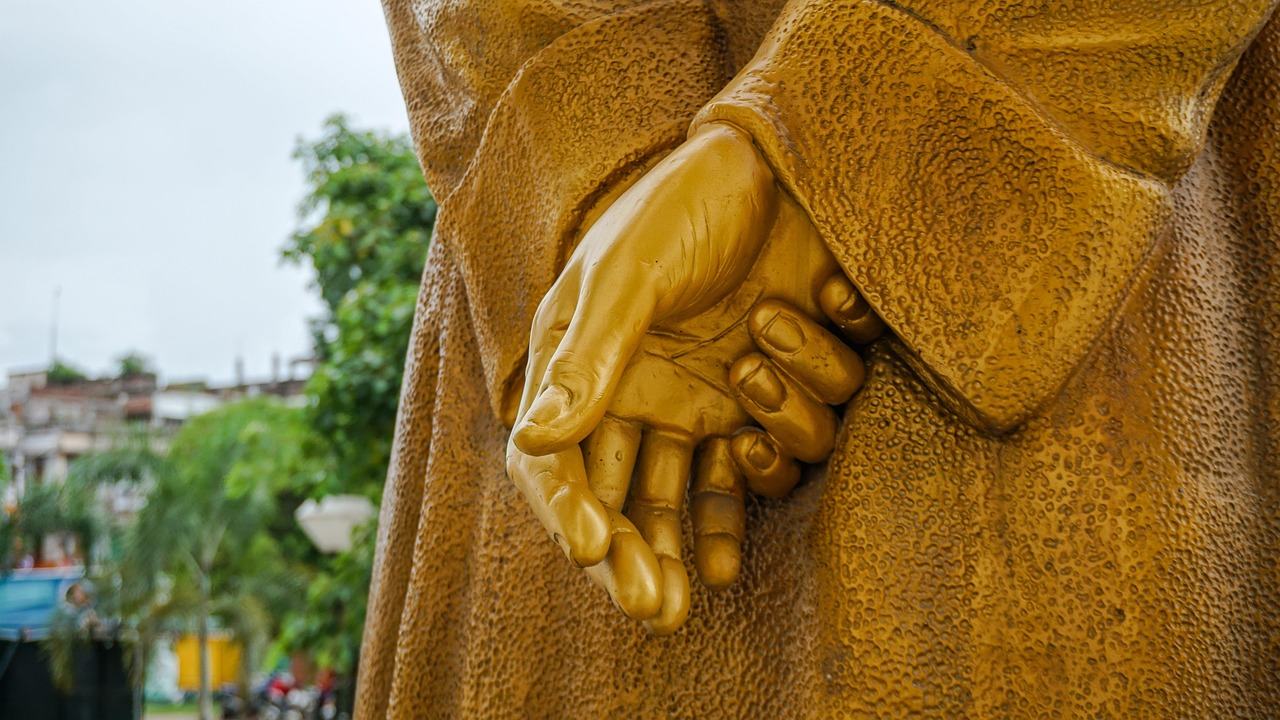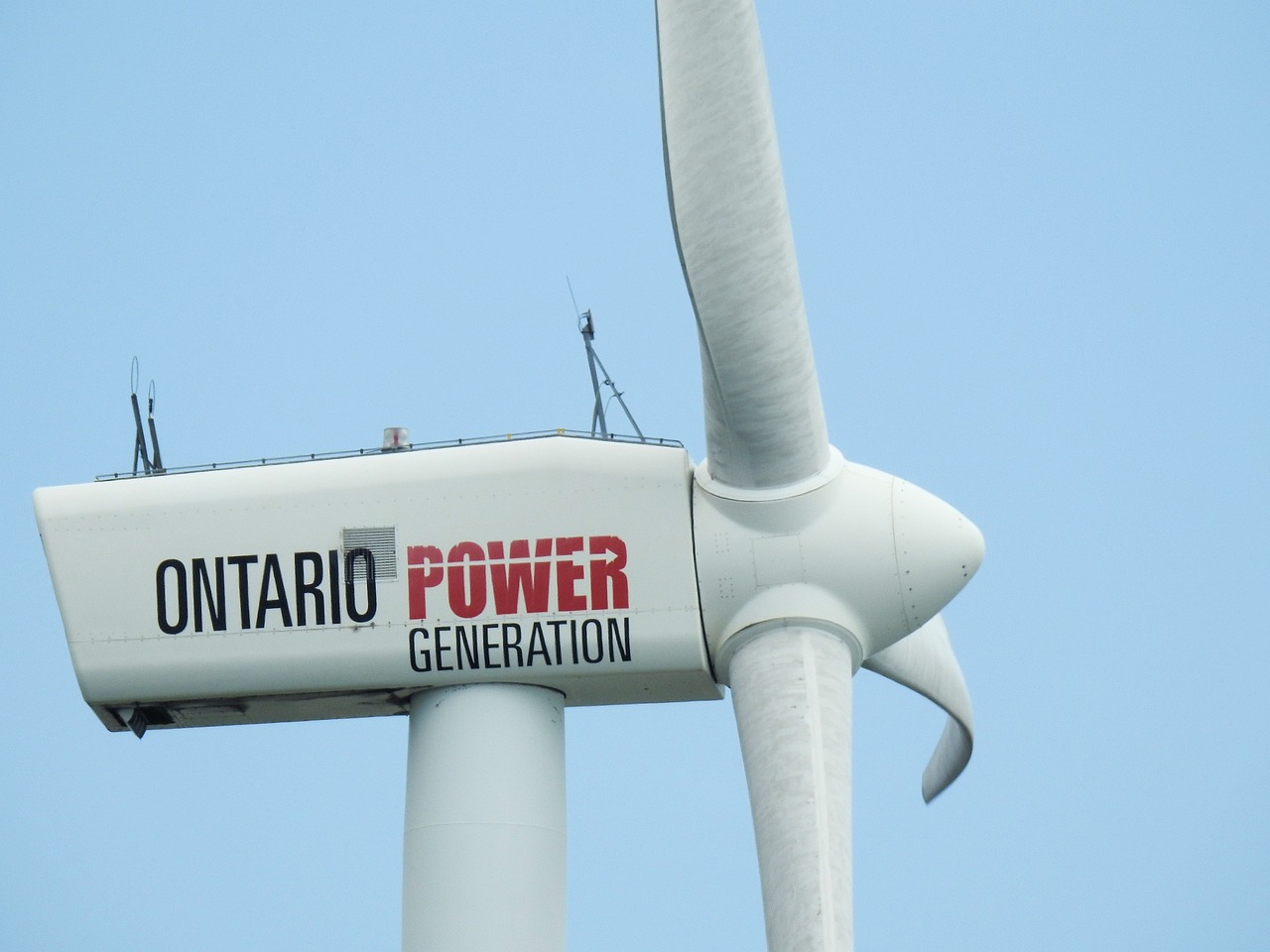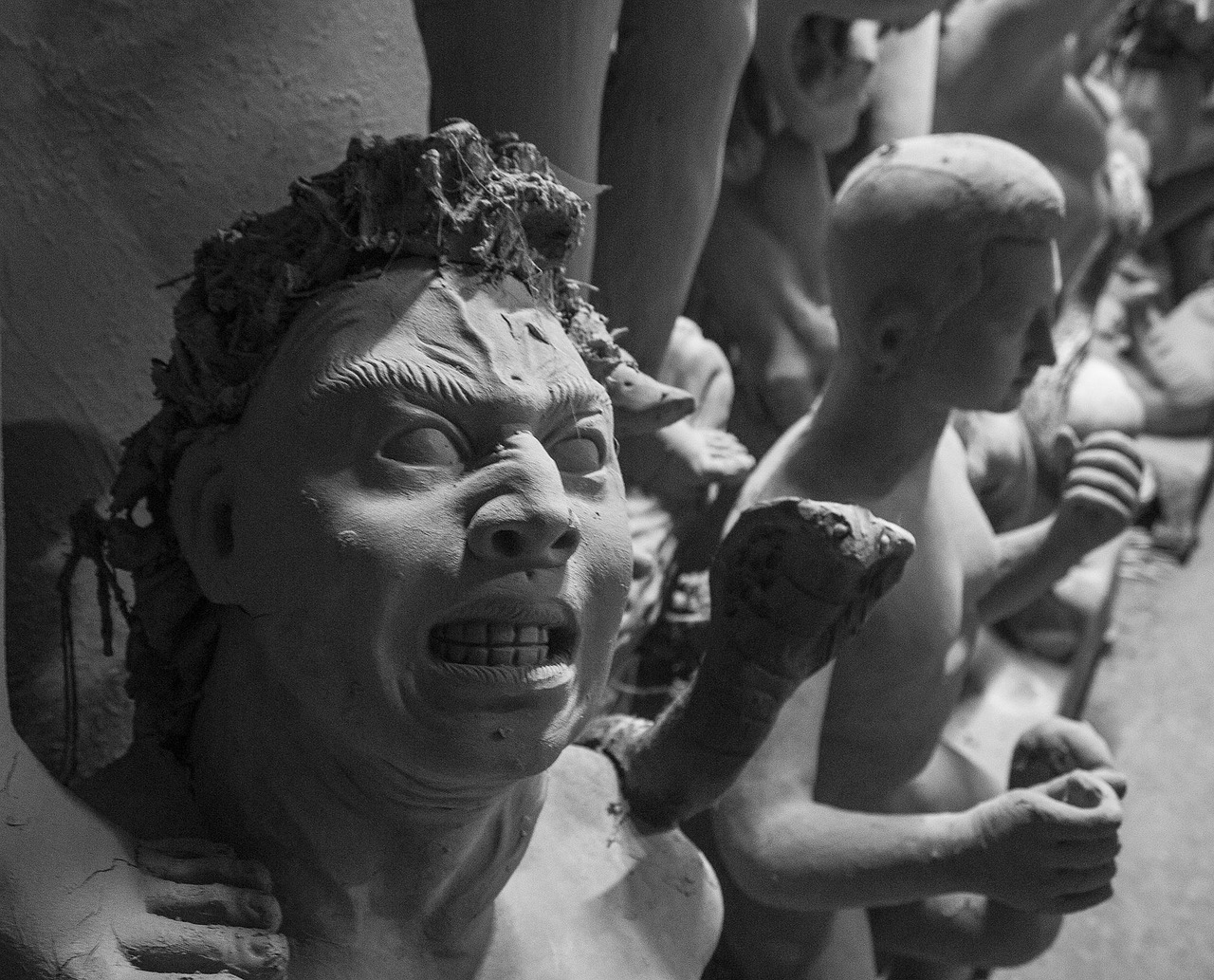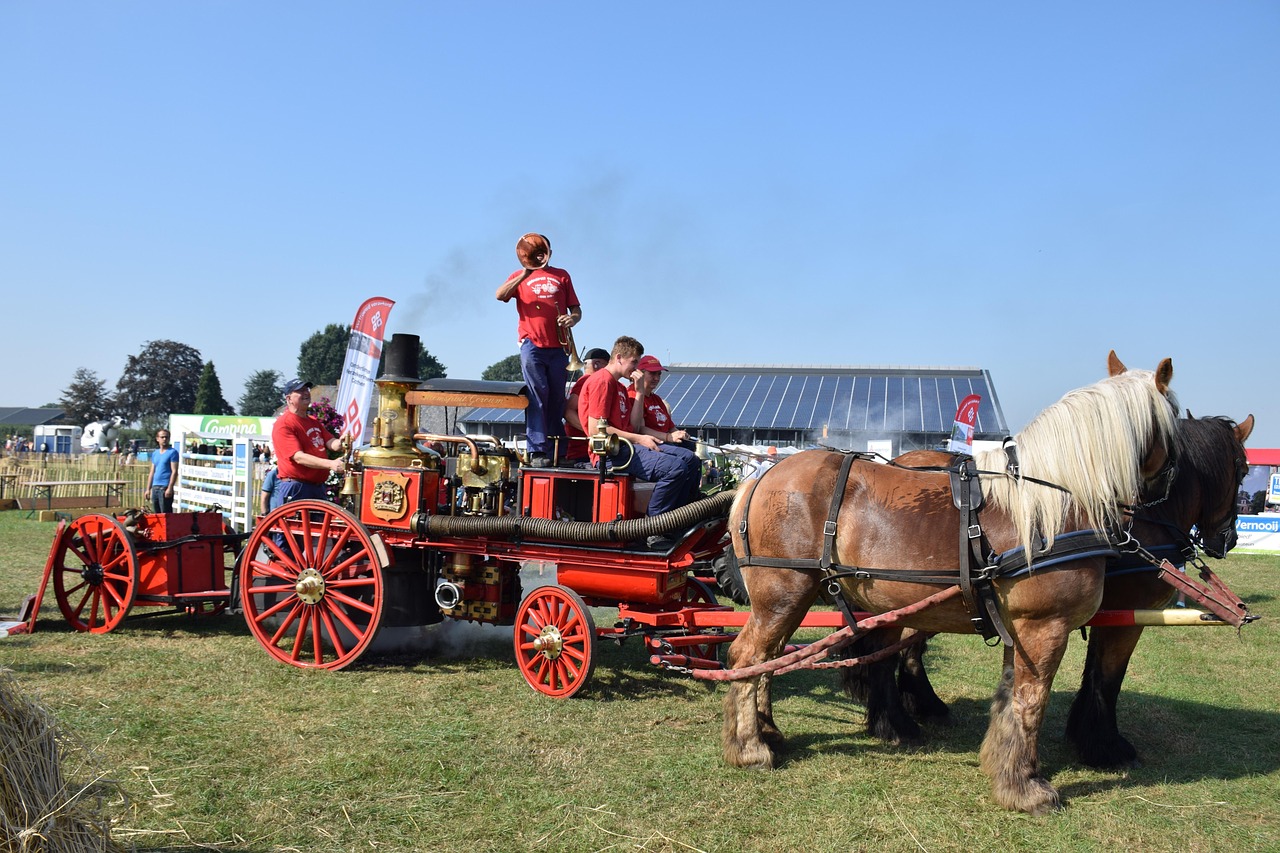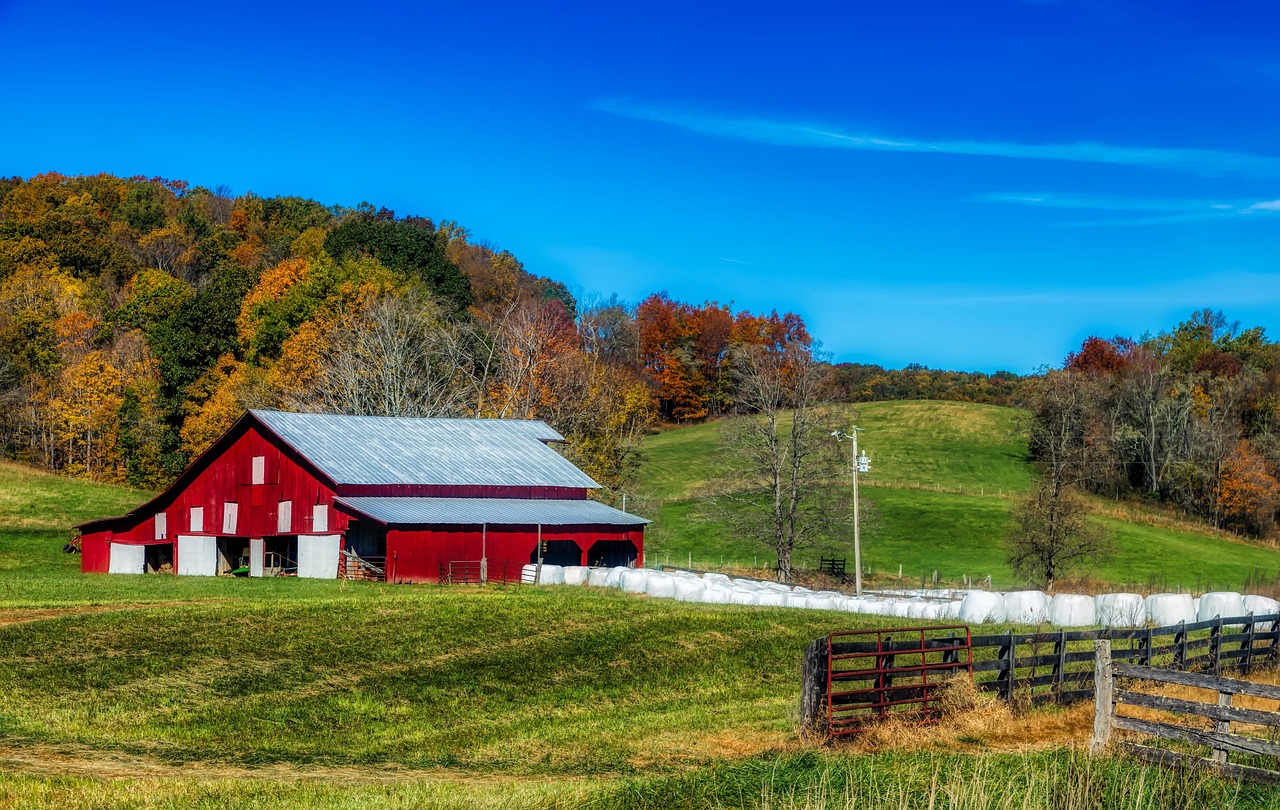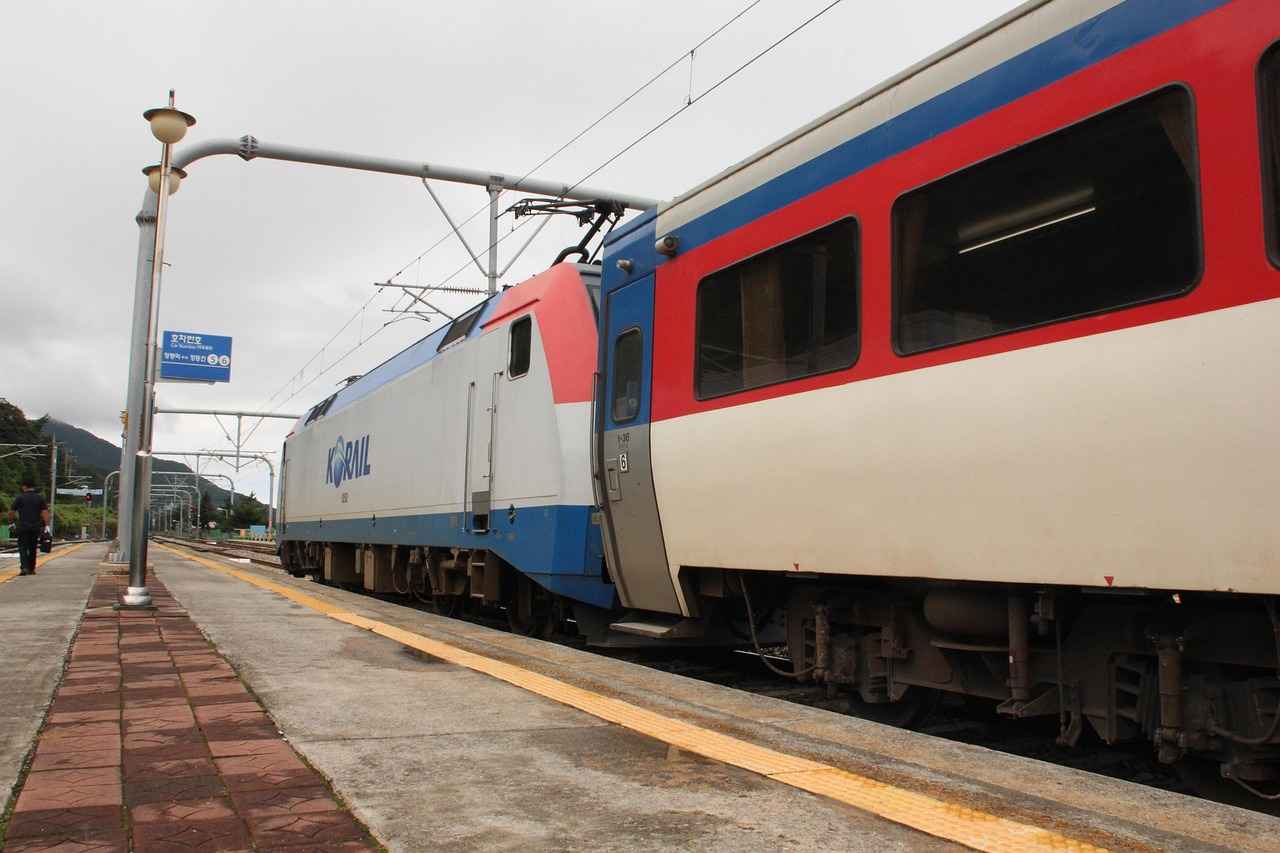This article delves into the significant trends and predictions surrounding the 2021 West Bengal elections, offering insights into the intricate political dynamics, evolving voter behavior, and potential outcomes that could reshape the state’s political landscape.
Historical Context of West Bengal Elections
Understanding the historical backdrop of West Bengal elections is crucial. The state has a rich political history, influenced by various parties over the decades. This context helps in analyzing current political dynamics and voter sentiments, revealing how past electoral trends may impact the 2021 elections.
Major Political Parties in West Bengal
The political landscape is primarily dominated by the Trinamool Congress (TMC) and the Bharatiya Janata Party (BJP). Each party comes with its unique ideologies and strategies, presenting a competitive atmosphere for the upcoming elections.
Voter Demographics and Trends
Voter demographics such as age, gender, and socio-economic status play a pivotal role in shaping electoral outcomes. Analyzing these factors provides essential insights into voter preferences and behaviors in West Bengal.
Impact of National Politics on State Elections
The interplay between national and state-level politics is significant. National issues often influence local sentiments, affecting voter alignment and party strategies in West Bengal.
Role of Regional Issues in the Election
Regional concerns such as development, migration, and local governance are critical in shaping voter priorities, influencing party platforms, and election strategies.
Campaign Strategies of Major Parties
Examining the campaign strategies of the major political parties reveals how they connect with voters, address local issues, and differentiate themselves from their opponents.
Influence of Social Media on Voter Engagement
Social media has revolutionized political campaigning, significantly impacting voter engagement and information dissemination, creating new avenues for outreach and influence.
Key Issues Shaping Voter Sentiment
Identifying key issues such as unemployment, healthcare, and education provides insight into what may drive voter turnout and preferences in the 2021 elections.
Predictions for Election Outcomes
Based on current trends and analyses, predictions regarding the potential outcomes of the West Bengal elections offer valuable insights into the future political landscape of the state.
Challenges Facing the Incumbent Government
The incumbent government faces various challenges, including public perception and policy effectiveness, which could significantly influence voter sentiment and electoral results.
Post-Election Scenario: What to Expect
Considering potential post-election scenarios helps in understanding the implications of the election results for governance, policy-making, and the political future of West Bengal.
Conclusion: The Future of West Bengal Politics
In conclusion, the 2021 West Bengal elections are poised to be a critical juncture for the state’s political landscape, influenced by a myriad of factors that will shape its future trajectory.

Historical Context of West Bengal Elections
Understanding the historical backdrop of West Bengal elections is crucial for grasping the current political landscape and voter sentiments. The political history of West Bengal is characterized by a series of significant events and shifts that have shaped electoral trends over the decades. From the dominance of the Communist Party of India (Marxist) to the rise of the Trinamool Congress (TMC), each phase has left an indelible mark on the state’s political fabric.
In the late 20th century, West Bengal was known for its strong leftist ideology, with the CPI(M) leading the state for over three decades. This long tenure fostered a unique political culture where grassroots movements, labor rights, and land reforms became central themes. However, by the early 2000s, discontent among the populace regarding governance and development issues began to surface, paving the way for a shift in political allegiance.
The emergence of the TMC, under the leadership of Mamata Banerjee, marked a significant turning point. The party capitalized on the public’s desire for change, promising better governance and addressing local issues. This shift not only altered the electoral dynamics but also highlighted the importance of regional identity and local governance in influencing voter behavior.
As we approach the 2021 elections, it is essential to analyze how these historical trends have created a complex political environment. The previous elections have shown fluctuating voter sentiments influenced by various factors, including development initiatives, caste dynamics, and national politics. Understanding these elements provides a clearer picture of the current electoral landscape and voter expectations.
In conclusion, the historical context of West Bengal elections is not merely a backdrop but a lens through which we can understand contemporary political dynamics. As the state gears up for the 2021 elections, the lessons from the past will undoubtedly play a crucial role in shaping the future political trajectory of West Bengal.

Major Political Parties in West Bengal
The political landscape in West Bengal is characterized by a vibrant and competitive environment, primarily dominated by two major parties: the Trinamool Congress (TMC) and the Bharatiya Janata Party (BJP). Each party brings its own unique ideologies, strategies, and voter bases, which significantly influence the electoral dynamics in the state.
Trinamool Congress, led by Mamata Banerjee, has been the ruling party in West Bengal since 2011. The party’s platform is largely built on regional pride, development initiatives, and a strong connection with the grassroots. The TMC has focused on issues such as healthcare, education, and social welfare, which resonate with the state’s diverse population. The party’s ability to mobilize support among various demographics, particularly women and marginalized communities, has been a key factor in its electoral success.
On the other hand, the Bharatiya Janata Party has emerged as a formidable challenger in recent years, particularly in the 2019 Lok Sabha elections where it made significant gains in West Bengal. The BJP’s strategy revolves around nationalism, Hindutva, and promises of development. The party aims to capitalize on anti-incumbency sentiments and has been actively engaging with voters through rallies and social media campaigns. Its appeal to urban voters and the youth, alongside a focus on economic growth, has allowed it to build a substantial presence in the state.
As the state approaches the upcoming elections, the competition between TMC and BJP is expected to intensify, with both parties employing various tactics to sway voters. The outcome will likely hinge on how effectively each party can address key issues such as unemployment, infrastructure development, and local governance. Understanding the strategies and ideologies of these major parties is crucial for predicting the political future of West Bengal.

Voter Demographics and Trends
Understanding the voter demographics in West Bengal is essential for deciphering the complex political landscape of the state. By analyzing key factors such as age, gender, and socio-economic status, we can gain valuable insights into the electorate’s preferences and behaviors, which ultimately influence electoral outcomes.
The age distribution of voters in West Bengal plays a significant role in shaping political affiliations. Younger voters, particularly those aged between 18 and 30, tend to lean towards progressive policies and are often driven by issues like employment opportunities and educational reforms. Conversely, older voters may prioritize stability and experience, often favoring parties with a long-standing history in governance.
Gender dynamics also significantly impact voting behavior. Women, who constitute a substantial portion of the electorate, are increasingly becoming influential voters. Their concerns often revolve around healthcare, women’s safety, and social welfare programs. Political parties are recognizing the importance of addressing these issues to secure female votes, leading to targeted campaigns aimed at this demographic.
Socio-economic status is another critical factor influencing voter behavior. Lower-income groups often seek parties that promise economic development and social justice, while affluent voters may prioritize policies that favor business growth and tax incentives. Understanding these nuances allows political parties to tailor their messages effectively, appealing to various segments of the population.
Moreover, the intersection of these demographics can lead to unique voting patterns. For instance, urban areas may exhibit different trends compared to rural regions, with urban voters often being more progressive and rural voters leaning towards traditional values.
In conclusion, a comprehensive analysis of voter demographics in West Bengal reveals that age, gender, and socio-economic status are pivotal in shaping electoral outcomes. Political parties must recognize and address these factors to connect with the electorate effectively and enhance their chances of success in the upcoming elections.

Impact of National Politics on State Elections
The interplay between national politics and state-level elections is crucial in shaping the political landscape of West Bengal. National issues often resonate deeply within local contexts, influencing voter sentiments and party strategies.
In West Bengal, national political narratives can significantly sway local elections. For instance, when national parties focus on issues such as economic policy, social justice, or governance, these themes often trickle down to state-level discussions. Voters may align themselves with parties that echo their concerns on these broader issues, leading to shifts in traditional voting patterns.
Party strategies are also heavily influenced by national politics. Political parties in West Bengal, like the Trinamool Congress and the Bharatiya Janata Party, often tailor their campaign messages to align with national sentiments. This can include adopting popular slogans or addressing pressing national issues that resonate with local voters. Consequently, the strategies employed during state elections are often a reflection of the national political climate.
Moreover, the impact of national events—such as economic downturns, social movements, or major policy announcements—can create a ripple effect in state elections. For example, if a national government is perceived as ineffective, this sentiment can lead to disillusionment among voters at the state level, prompting them to seek alternatives.
Additionally, media coverage plays a significant role in this interplay. National media often highlights specific issues that can dominate the local electoral discourse, shaping voter perceptions and priorities. This can lead to a situation where local issues are overshadowed by national narratives, affecting the overall electoral outcome.
In conclusion, the relationship between national politics and state elections in West Bengal is a complex and dynamic one. Understanding this interplay is essential for analyzing voter behavior and predicting electoral outcomes.
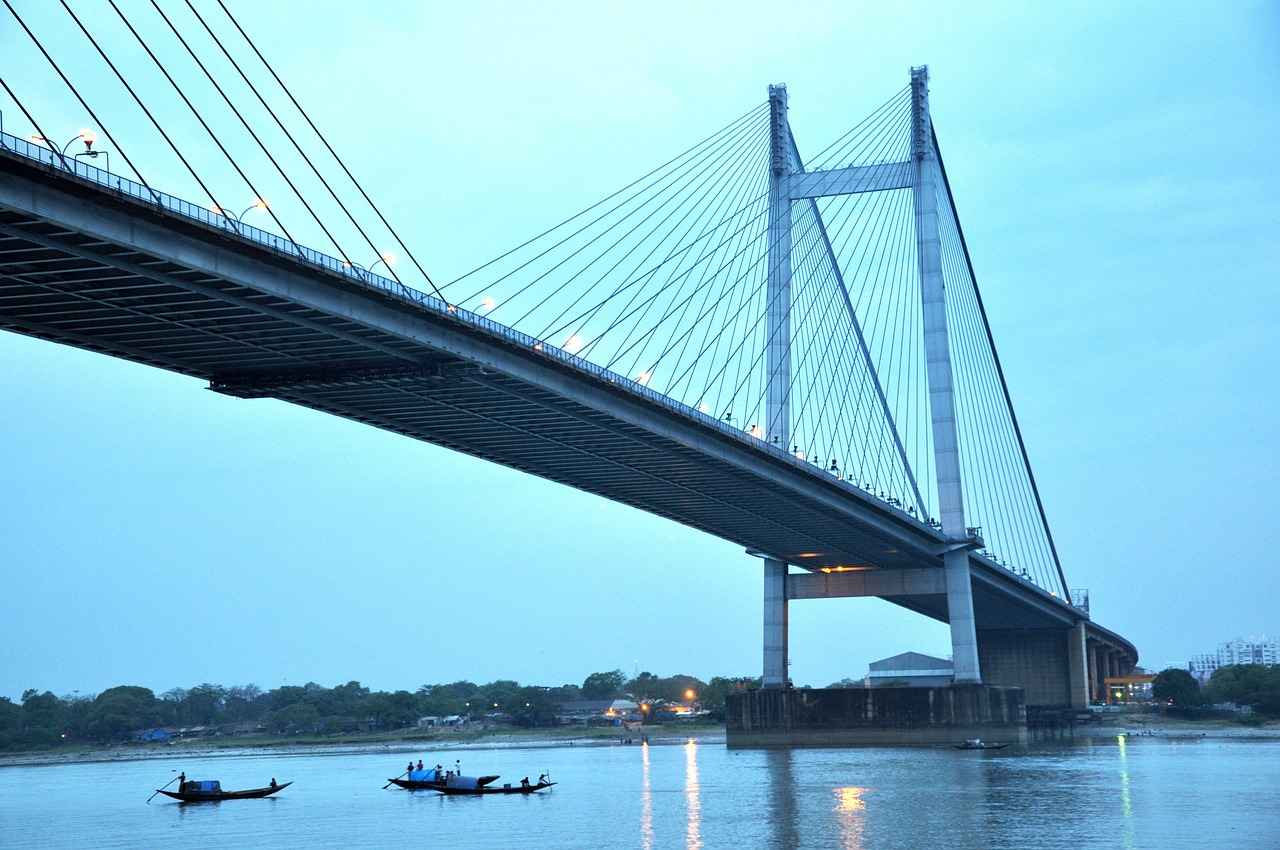
Role of Regional Issues in the Election
In the context of the West Bengal elections, regional issues such as development, migration, and local governance are not just background themes; they are central to shaping the electoral landscape. These factors significantly influence voter priorities, party platforms, and election strategies.
Firstly, development has emerged as a critical concern for voters. The electorate is increasingly focused on the effectiveness of government policies in fostering economic growth, infrastructure development, and social welfare programs. As such, parties are likely to tailor their manifestos to address these issues, promising tangible improvements in living standards and job creation.
Secondly, migration plays a pivotal role in the socio-political dynamics of West Bengal. With many residents migrating for better opportunities, the parties need to address the concerns of both the migrants and those who remain. This includes policies on employment, housing, and integration, which are vital in appealing to a diverse voter base.
Additionally, local governance is crucial in shaping public perception of political parties. Issues such as corruption, the efficiency of local administration, and community engagement are increasingly influencing voter decisions. Parties that can demonstrate a commitment to transparency and accountability in local governance are likely to gain an edge in the elections.
In summary, the interplay of these regional issues is crucial for understanding voter behavior in West Bengal. As parties strategize for the upcoming elections, addressing these concerns will be essential in capturing the electorate’s attention and securing votes. The focus on development, migration, and local governance will not only define party platforms but will also determine the overall electoral outcome.

Campaign Strategies of Major Parties
In the realm of political campaigning, understanding the strategies employed by major parties is crucial for grasping how they engage with the electorate. These strategies not only reflect the parties’ ideologies but also their approaches to addressing the pressing concerns of voters. This analysis delves into the various tactics used by the Trinamool Congress (TMC) and the Bharatiya Janata Party (BJP) during the West Bengal elections.
- Voter Connection: Both parties utilize grassroots outreach to connect with voters. The TMC often emphasizes local leaders and community engagement, while the BJP leverages national figures to draw attention to their campaign.
- Addressing Local Issues: Each party tailors its message to resonate with regional concerns. The TMC focuses on development and welfare schemes, whereas the BJP highlights issues like unemployment and migration, presenting them as part of a broader national narrative.
- Distinct Messaging: Differentiation from opponents is key. The TMC promotes its achievements in governance, while the BJP positions itself as a change agent, promising to rectify perceived failures of the incumbent government.
Moreover, both parties have embraced technology and social media as essential tools for outreach. Engaging content, targeted advertisements, and real-time interaction with voters have become pivotal in shaping public perception and mobilizing support.
In conclusion, the campaign strategies of major political parties in West Bengal reflect a blend of local engagement and national themes. By understanding these strategies, voters can better navigate the political landscape and make informed decisions come election day.

Influence of Social Media on Voter Engagement
In recent years, social media has emerged as a powerful tool in political campaigning, particularly during the West Bengal elections. Its role in shaping voter engagement and information dissemination cannot be overstated. As traditional campaigning methods evolve, social media platforms have opened new avenues for political outreach, allowing parties to connect with voters in real-time.
One of the significant advantages of social media is its ability to facilitate direct communication between political candidates and the electorate. Candidates can share their messages instantly, respond to public queries, and address concerns without the mediation of traditional media. This direct line of communication fosters a sense of transparency and accessibility, which is crucial in building trust with voters.
Moreover, social media enables campaigns to target specific demographics effectively. By analyzing user data, political parties can tailor their messages to resonate with different voter segments based on age, interests, and geographical location. This targeted approach not only increases voter engagement but also enhances the likelihood of mobilizing support.
Additionally, social media platforms serve as a space for grassroots activism. Voters can share their opinions, organize events, and rally support for specific issues. This organic movement can significantly influence public sentiment and, ultimately, electoral outcomes. The viral nature of social media content means that a single post can reach thousands, if not millions, of users within a short period, amplifying its impact.
However, the influence of social media is not without challenges. The spread of misinformation and fake news can skew voter perceptions and create confusion. Political parties must navigate this landscape carefully, ensuring that their messaging is not only engaging but also factually accurate.
In conclusion, the impact of social media on voter engagement during the West Bengal elections is profound. Its ability to connect, inform, and mobilize voters presents both opportunities and challenges for political campaigns. As we move forward, understanding this dynamic will be crucial for any party seeking to harness the full potential of digital engagement.

Key Issues Shaping Voter Sentiment
In the lead-up to the 2021 elections, understanding the key issues that resonate with voters is crucial for political parties aiming to secure their support. This year, several pressing concerns have emerged, significantly influencing voter sentiment and turnout.
- Unemployment: The economic fallout from the pandemic has left many citizens grappling with job losses and financial instability. Voters are increasingly prioritizing policies that promise job creation and economic recovery.
- Healthcare: The COVID-19 crisis has exposed vulnerabilities in the healthcare system, making it a top concern for many. Voters are looking for candidates who advocate for accessible and affordable healthcare solutions.
- Education: With schools facing closures and transitions to online learning, education has become a pivotal issue. Voters are keen on policies that support educational reform and ensure quality education for all children.
- Social Justice: Issues surrounding equality and justice have gained traction, with many voters demanding action on systemic inequalities. This has led to heightened awareness and calls for reform in various sectors.
- Infrastructure Development: The need for improved infrastructure—roads, public transport, and digital connectivity—has become increasingly clear. Voters are likely to favor candidates who present concrete plans for development in these areas.
Understanding these issues not only provides insight into the voters’ priorities but also helps political parties tailor their campaigns effectively. By addressing these concerns, candidates can connect with the electorate on a deeper level, potentially influencing voter turnout and preferences.
As the elections approach, it is essential for parties to remain attuned to these key issues, ensuring they resonate with the electorate’s needs and aspirations.

Predictions for Election Outcomes
As we approach the West Bengal elections, a multitude of factors converge to shape the potential outcomes. Based on current trends and analyses, several predictions can be made regarding the future political landscape of the state. These insights not only reflect the prevailing political climate but also highlight the evolving voter sentiments.
- Increased Voter Turnout: Historical data suggests that voter turnout may see an uptick due to heightened political awareness and engagement among the electorate. Factors such as social media campaigns and grassroots mobilization efforts are likely to play a crucial role in this increase.
- Shifts in Party Alliances: The political landscape in West Bengal may witness shifts in alliances, particularly among regional parties. This could lead to unexpected collaborations that may alter traditional voting patterns.
- Impact of Key Issues: Voter sentiment is heavily influenced by pressing local issues such as unemployment, healthcare, and education. Candidates addressing these concerns effectively may gain a significant advantage in the elections.
- Role of Youth Vote: With a considerable portion of the electorate being young voters, their preferences and priorities will be pivotal. Parties that resonate with this demographic may see a favorable outcome.
- Incumbent Challenges: The current government faces scrutiny over its handling of various issues, including economic recovery and public health. Voter perception of these challenges will be critical in determining election results.
In conclusion, the predictions for the West Bengal elections suggest a dynamic and competitive political environment. As the election date approaches, monitoring these trends will provide further clarity on the potential direction of the state’s governance.

Challenges Facing the Incumbent Government
The 2021 West Bengal elections present a complex landscape for the incumbent government, facing a myriad of challenges that could significantly impact voter sentiment. The government’s public perception is under scrutiny, as citizens evaluate its performance on various fronts, including governance, economic development, and social welfare initiatives.
One of the primary challenges is the effectiveness of policy implementation. Voters are increasingly concerned about how well government policies translate into tangible benefits. Issues such as unemployment, healthcare access, and educational quality are at the forefront of public discourse. The government’s ability to address these concerns will be pivotal in shaping electoral outcomes.
Moreover, the influence of national politics cannot be understated. The political climate at the national level often seeps into state elections, with voters aligning their preferences based on broader political narratives. The incumbent government must navigate these waters carefully, ensuring that local issues are prioritized while also addressing national sentiments.
Additionally, the role of media representation plays a crucial part in shaping public opinion. The government faces the challenge of managing its image in the media, which can sway voter perceptions significantly. Effective communication and transparency are essential to counter negative portrayals and build trust with the electorate.
Lastly, the emergence of grassroots movements and increasing political engagement among younger voters pose both a challenge and an opportunity. The incumbent government needs to connect with this demographic, addressing their unique concerns and aspirations to secure their support.
In conclusion, the incumbent government’s ability to navigate these challenges—public perception, policy effectiveness, national influence, media representation, and grassroots engagement—will be critical in determining voter sentiment and the electoral results in the 2021 West Bengal elections.

Post-Election Scenario: What to Expect
As the dust settles after the recent elections in West Bengal, it is essential to analyze the potential post-election scenarios and their implications for governance, policy-making, and the political future of the state. Understanding these scenarios can provide valuable insights into how the election results will shape the state’s trajectory in the coming years.
- Impact on Governance: The election results will significantly influence the governance structure. A clear majority for a party may lead to a stable government, enabling swift decision-making and implementation of policies. Conversely, a hung assembly could result in coalition politics, potentially leading to compromises on key issues.
- Policy-Making Directions: Depending on the winning party’s agenda, there could be a shift in focus towards various policy areas such as economic development, healthcare, and education. For instance, if the Trinamool Congress retains power, we might see a continuation of their development programs, whereas a BJP victory could lead to new initiatives aligned with their national policies.
- Political Future: The election outcomes will also set the stage for the political landscape in West Bengal. A decisive win could bolster the ruling party’s position, while a loss might prompt a reevaluation of strategies and leadership within the party. This could lead to significant changes in party dynamics and voter engagement strategies.
- Public Sentiment: Post-election, public sentiment will play a crucial role in the effectiveness of the new government. The electorate’s response to the immediate actions taken by the winning party will be a barometer for their future success or failure.
In conclusion, the post-election scenario in West Bengal is multifaceted, with implications that extend beyond immediate governance. By considering these potential outcomes, stakeholders can better prepare for the challenges and opportunities that lie ahead in the state’s political landscape.

Conclusion: The Future of West Bengal Politics
As we reflect on the upcoming elections in West Bengal, it is evident that the year 2021 marks a pivotal moment in the state’s political journey. The elections are not just a routine democratic exercise; they are a reflection of the aspirations and challenges faced by the electorate. Several factors are converging to influence the political landscape, making it essential for voters to be well-informed.
The historical context of West Bengal elections adds depth to our understanding of current dynamics. Past electoral patterns reveal shifts in voter sentiment that are often tied to regional issues, governance, and party performance. This historical backdrop is crucial for interpreting the motivations behind voter choices in 2021.
Major political parties, notably the Trinamool Congress and the Bharatiya Janata Party, are gearing up for a fierce contest, each presenting unique strategies and ideologies. The competition is intense, with both parties seeking to resonate with a diverse electorate that includes various demographics such as age, gender, and socio-economic status. Understanding these voter demographics is vital for predicting electoral outcomes.
Furthermore, the impact of national politics cannot be overlooked. Issues at the national level often trickle down to influence local sentiments, shaping party strategies and voter alignments. In addition, regional issues like development, healthcare, and education remain at the forefront of voters’ minds, guiding their priorities and preferences.
The role of social media in this electoral cycle is also noteworthy. It has revolutionized how parties engage with voters, creating new platforms for outreach and dialogue. As the elections approach, understanding the key issues that resonate with the electorate—such as employment and public health—will be crucial for both parties and voters alike.
In conclusion, the 2021 West Bengal elections represent a critical juncture that will significantly shape the future political landscape of the state. The interplay of historical context, party dynamics, and voter priorities will determine the trajectory of governance in the years to come.
Frequently Asked Questions
- What are the key trends in the 2021 West Bengal elections?
The 2021 West Bengal elections are marked by intense competition between the Trinamool Congress and the Bharatiya Janata Party. Voter demographics, including age and socio-economic status, play a crucial role in shaping electoral preferences. Additionally, the influence of national politics and local issues cannot be overlooked, as they significantly impact voter sentiment.
- How do regional issues affect voter behavior in West Bengal?
Regional issues such as development, healthcare, and local governance are pivotal in shaping voter priorities. Voters tend to align with parties that address these local concerns effectively, making it essential for political parties to tailor their campaign strategies to resonate with the electorate’s needs.
- What role does social media play in the election campaigns?
Social media has revolutionized political campaigning in West Bengal, allowing parties to engage with voters on a personal level. It serves as a platform for information dissemination and voter outreach, making it a vital tool for influencing public opinion and mobilizing support.
- What are the predictions for the election outcomes?
Predictions suggest a closely contested election, with potential outcomes hinging on voter turnout and engagement. Factors such as public perception of the incumbent government and key issues like unemployment and education will significantly influence the final results.
- What challenges does the incumbent government face?
The incumbent government must navigate challenges such as public dissatisfaction with policy effectiveness and changing voter sentiments. These factors could play a crucial role in determining their success or failure in the upcoming elections.




